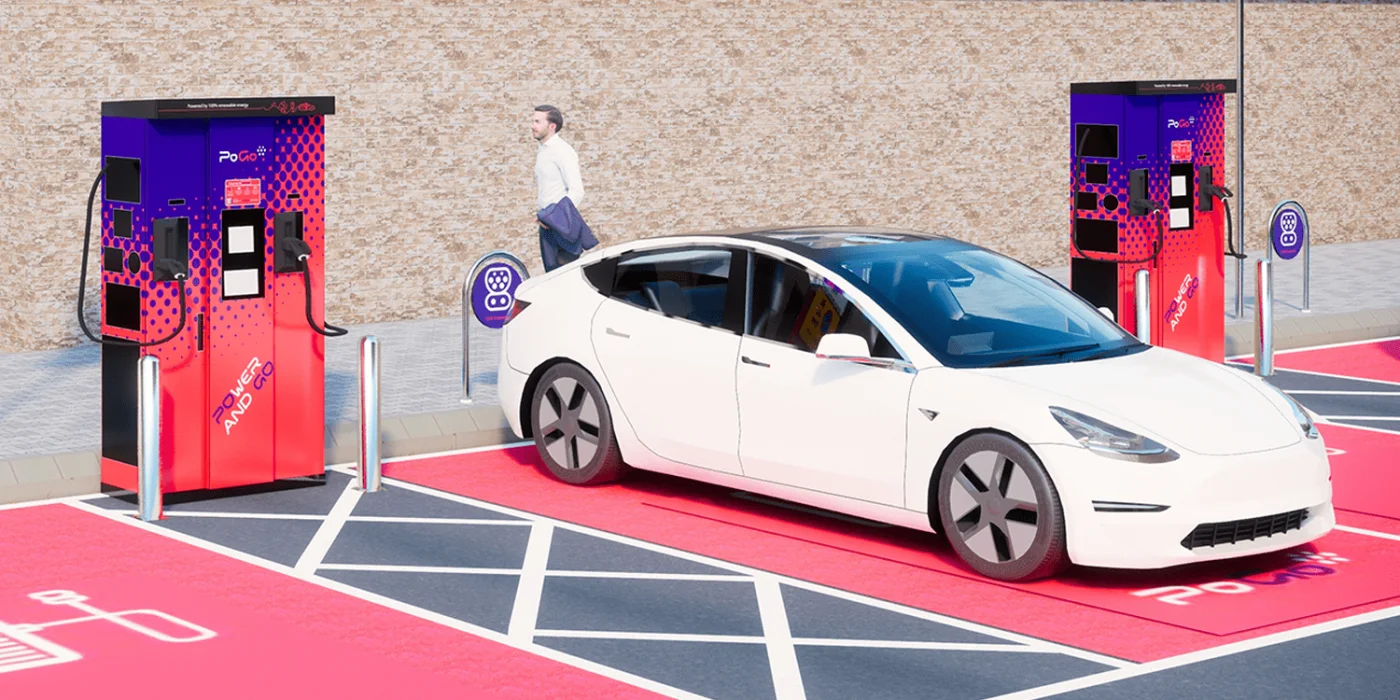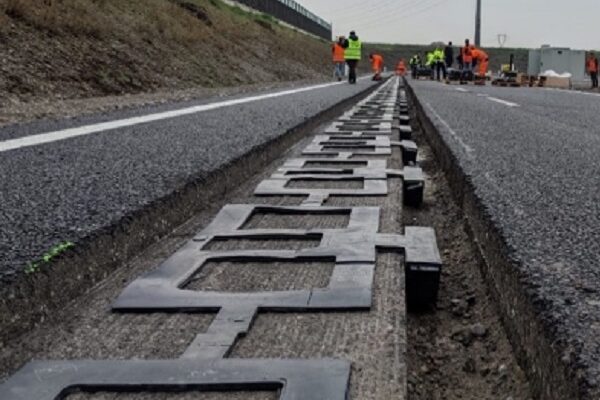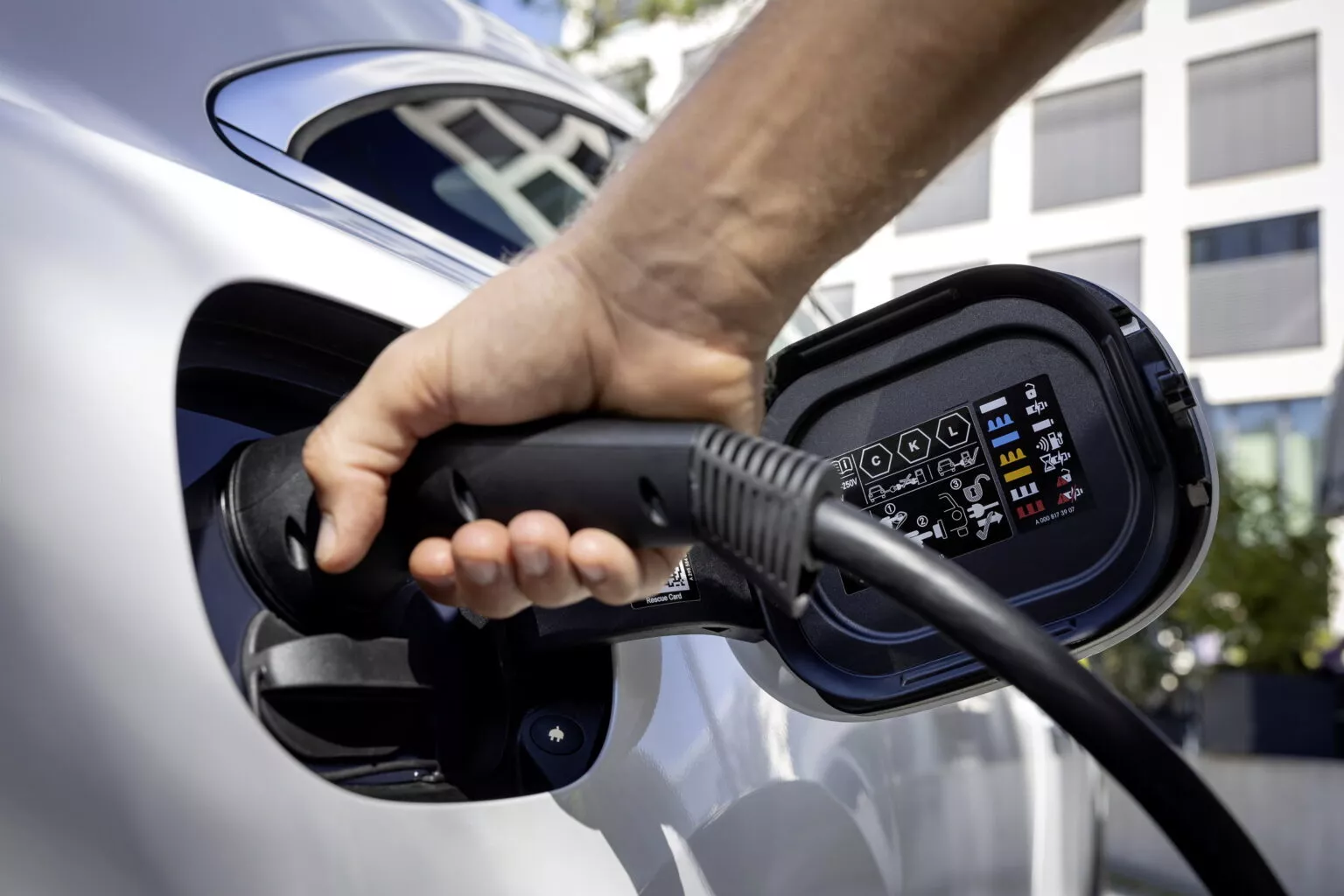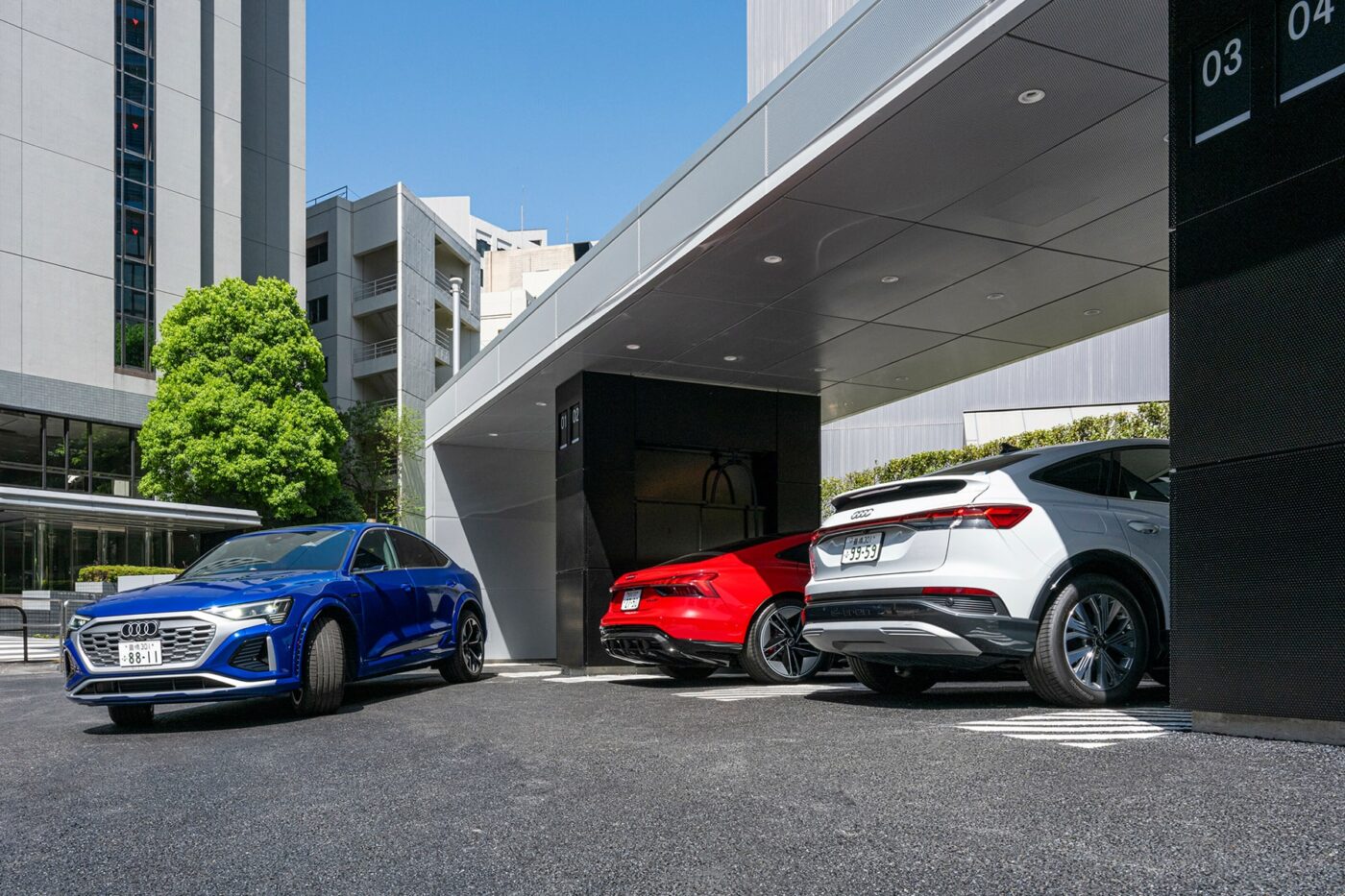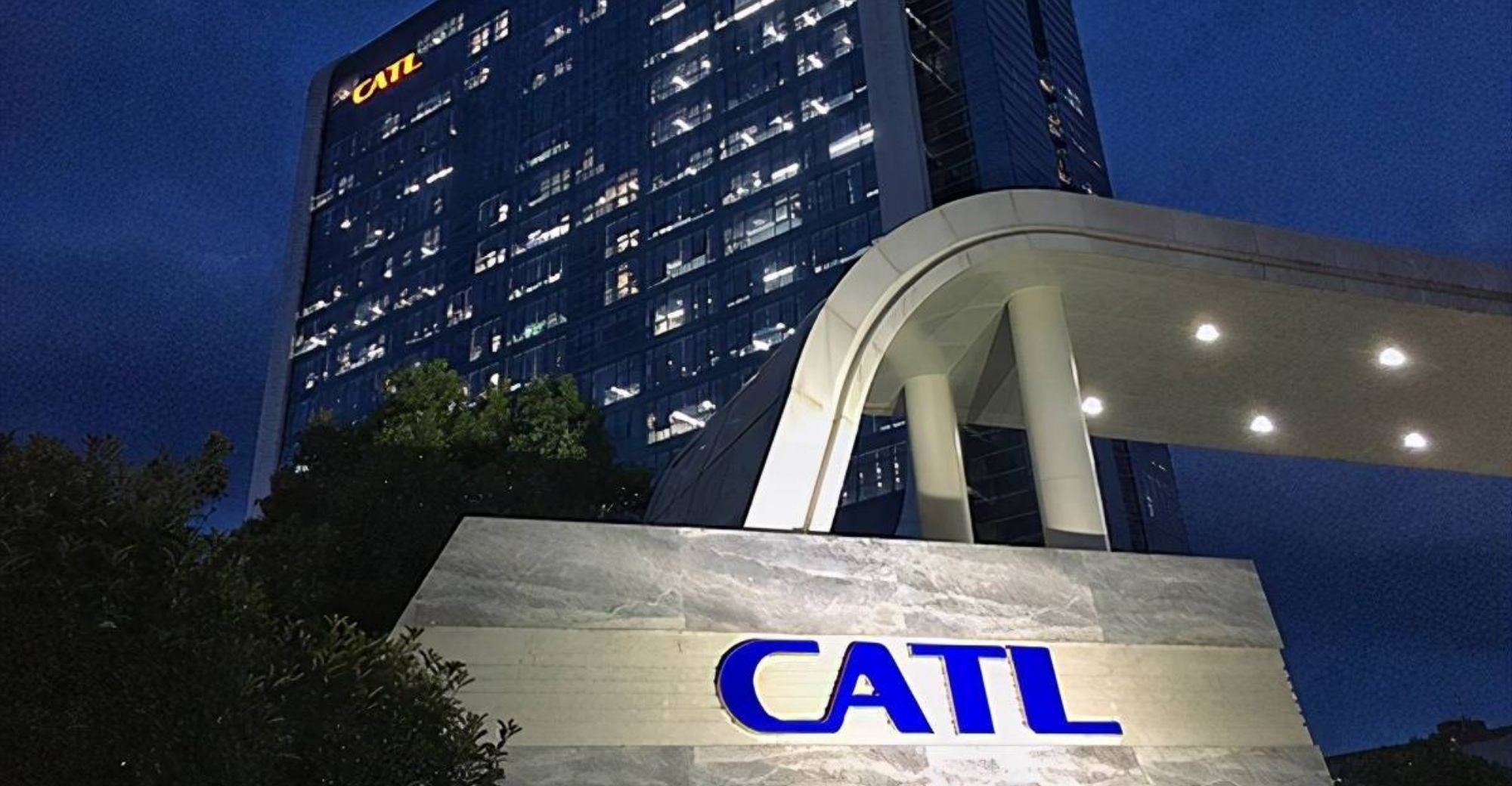California has achieved a significant milestone in its electric vehicle (EV) infrastructure development, with the Governor’s office announcing over the weekend that the state now boasts one charging station for every five gas stations.
According to a press release from Governor Gavin Newsom’s office on Saturday, California has surpassed the one-fifth mark with a total of 105,000 individual public or shared private EV chargers, compared to roughly 10,423 retail gas stations in the state as of 2021 data from Statista.
While EV charging infrastructure still has a long way to go to surpass gas refueling stations overall, California is significantly ahead of most U.S. states in meeting multiple EV goals, particularly in advance of its 2035 ban on new gas car sales.
Huge news for California drivers – the Tesla supercharging network is opening to non-Tesla vehicles!
This adds thousands of fast chargers to California's EV charging network, bringing us to more than 105,000 public EV chargers – including 10,000 fast chargers – and counting. pic.twitter.com/g69lIUkkT9
— California Governor (@CAgovernor) April 27, 2024
California leads the nation in both EV charging infrastructure and overall adoption of battery-electric vehicles (BEVs). According to the release, if California were a country, it would rank fourth globally in EV sales, following China, the U.S., and Germany. In 2023, one-third of all U.S. BEV sales occurred in California.
The Governor’s office also noted in the release that the state has recorded a total of 1.8 million zero-emission vehicle (ZEV) sales to date. Additionally, the recently approved $1.9 billion plan aims to install up to 40,000 new public EV chargers.
The announcement coincides with Tesla’s move to open its Supercharger network to other EV brands, starting with Ford and Rivian. Other EV manufacturers, including General Motors (GM), Volvo, and Volvo-Geely-owned Polestar, are expected to gain access to the charging network soon.
Tesla has highlighted the rapid deployment of its pre-fabricated Supercharger units (PSUs), which can be operational within just four days after delivery. The majority of the U.S. fast-charging station rollout has been through Supercharger stations, with most automakers in the industry also agreeing to adopt Tesla’s NACS charging port in future vehicles.


